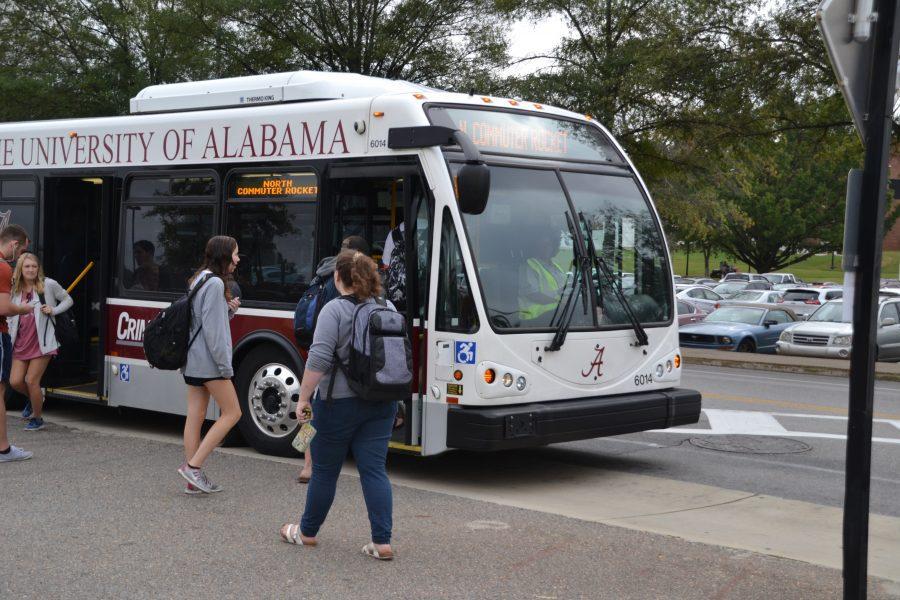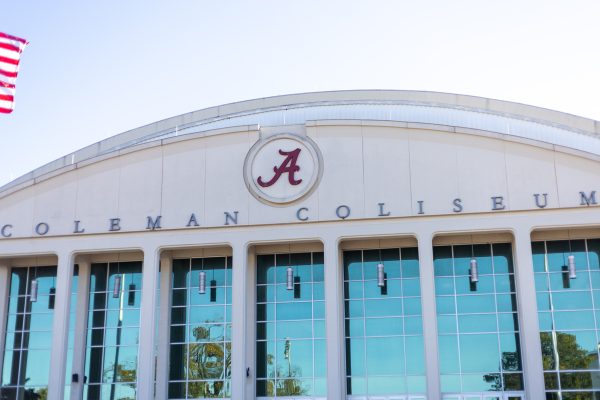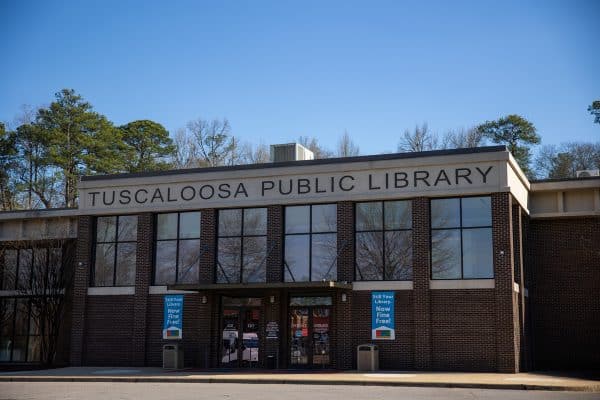What UA’s New Electric Bus Grants Could Mean for West Alabama
August 21, 2022
On Aug. 16, Rep. Terri Sewell (AL-07) announced that The University of Alabama would receive a $7.8 million grant from the Bipartisan Infrastructure Law to replace eight of their diesel buses with new electric buses and maintenance equipment. The grant is part of the Federal Transit Administration’s $1.6 billion investment to improve bus fleets across the nation.
The University will provide an additional $2 million to the project and collaborate with Shelton State Community College to train bus maintenance workers.
Sewell said these investments will have a “transformational impact” on improving Alabama communities. As the Birmingham-Jefferson County Transit Authority receives another $13.6 million, the grants signal change for Alabamians.
The new buses are expected to be phased in “over the next few years,” but winning the grant is only the first step. As the sole university directly receiving the latest round of public funding, The University of Alabama has a unique position and responsibility to positively impact the local community.
That’s not to say other colleges and universities haven’t already made the shift. Alabama A&M University’s Bulldog Transit System was the first in the state to employ electric buses on their campus. They provide a model for The University of Alabama and local governments to follow.
After introducing two electric buses in November 2019, the Bulldog Transit System was awarded $2.2 million by the Federal Transit Administration in June 2020. With six electric buses in operation and another two on the way, they welcome cities like Huntsville to learn from their system.
Other SEC schools including The University of Georgia, and Texas A&M University have at least partially implemented electric buses.
Now The University of Alabama can catch up to their progress. Phasing out diesel buses with new electric models provides energy and environmental benefits. They also improve local health outcomes by reducing diesel emissions that increase risk of cardiovascular, cardiopulmonary and respiratory disease and lung cancer.
As The University of Alabama uses their grant, they have a responsibility to the local community. The Federal Transit Administration allocates funding for low and zero emission buses to help communities across the country use “more affordable and reliable options.”
The Crimson Ride grant came in a $21 million package with the Birmingham-Jefferson County Transit Authority. Sewell said the grants will “improve safety and reliability of transit services for residents of the Birmingham and Tuscaloosa regions” in a news release.
The University said new electric buses offer the “option for expanded routes and opportunities to broaden the coverage of other areas of Tuscaloosa,” but that lack of commitment toys with the grant’s intent.
Researchers across campus will use the grant to improve electric buses and develop use strategies. Mike Oatridge, the executive director of the Alabama Mobility and Power Center, said the grant will “lay the groundwork” for development and advancement of electric bus systems.
The Center for Advanced Vehicle Technologies will also use sensors that optimize electric bus technologies. These research efforts can be implemented across Alabama to make more affordable progress in clean energy transportation.
That research is essential, but the nature of the grant should promote broader collaboration with the local community. In the same way that Alabama A&M University offers their electric bus system as a model for neighboring cities, The University of Alabama’s unique research should provide guidance for local expansion.
As The University of Alabama partners with Shelton State Community College to train workers to service the buses, these skills can be solidified into curriculum to bring electric fleets to the City of Tuscaloosa and West Alabama.
Even as the University collaborates with local institutions and conducts necessary research, the nature of a publicly funded grant should prioritize improving the broader community along every step of the process.
The quieter campus background noise from electric buses is nice for students, but expanding access and health outcomes should be the long-term focus of the grants. When the University gains the “option” for expanded Tuscaloosa routes, they should keep those commitments in mind.
The Federal Transit Administration only selected 150 of the 530 eligible project proposals. The University of Alabama was selected for its capacity to conduct unique research on electric bus optimization, but they must now keep their foot on the pedal to ensure these public funds help Alabama at every step of the process.










